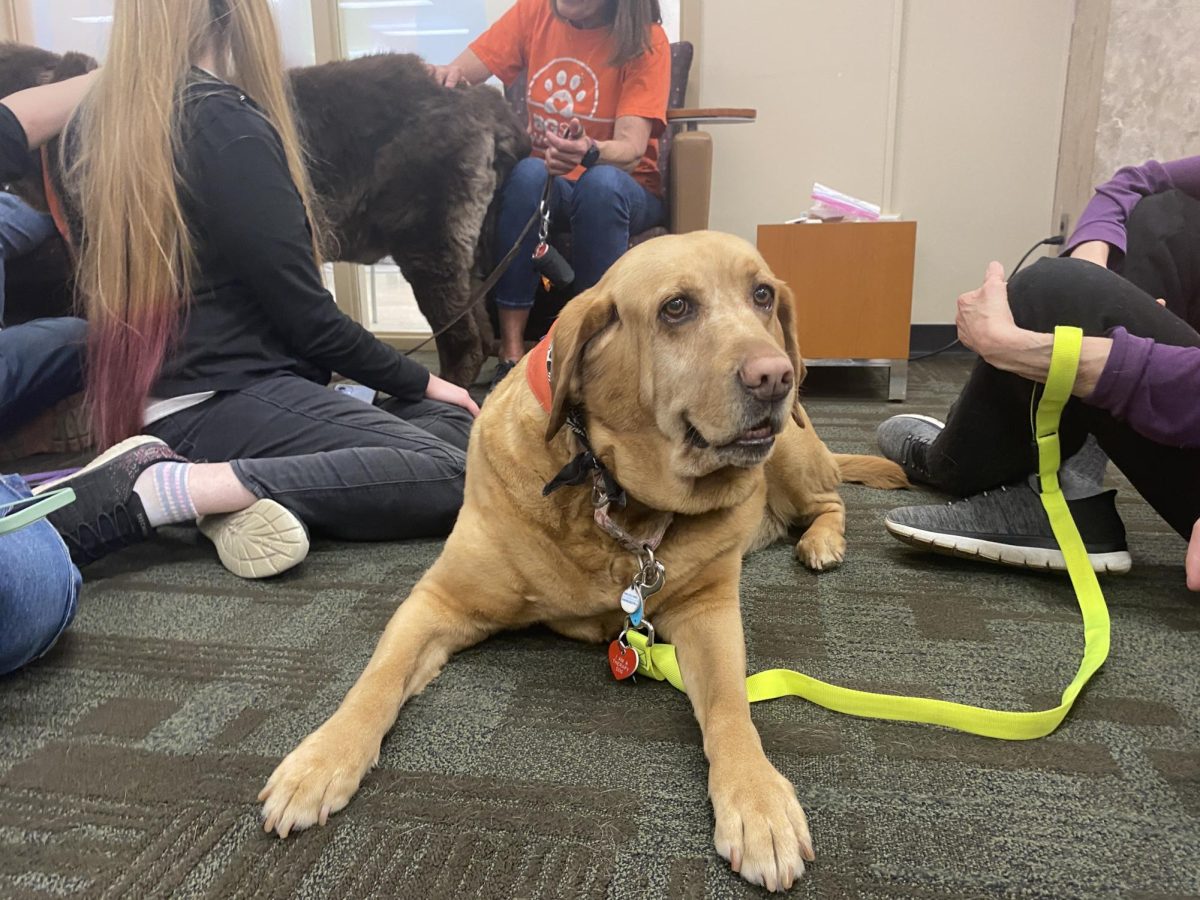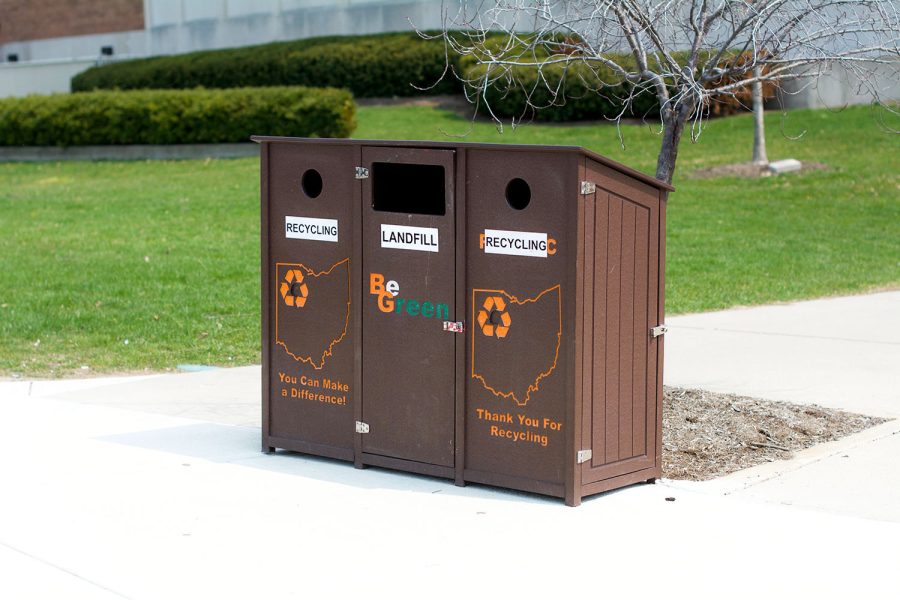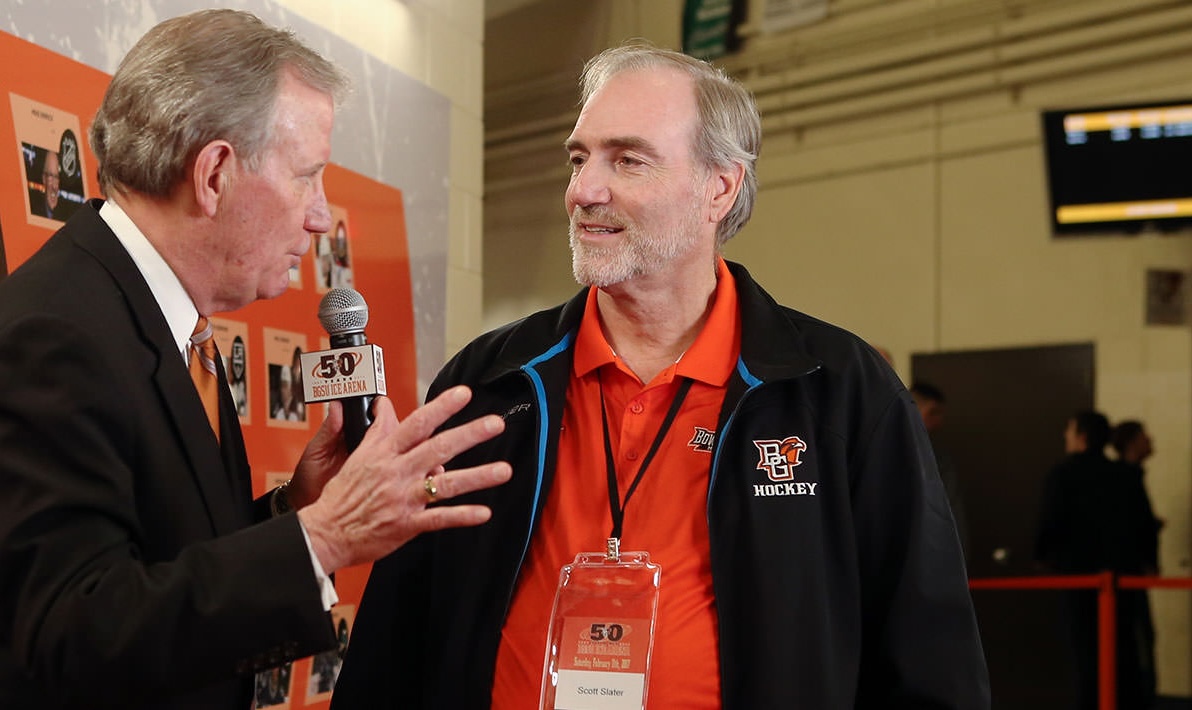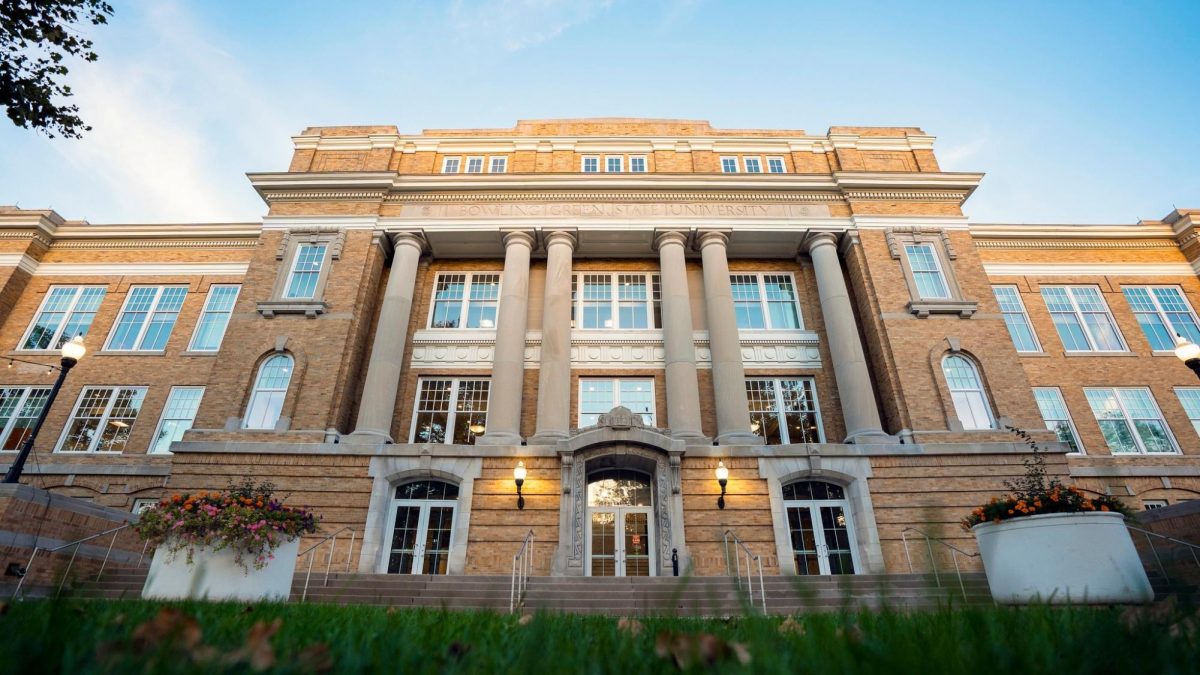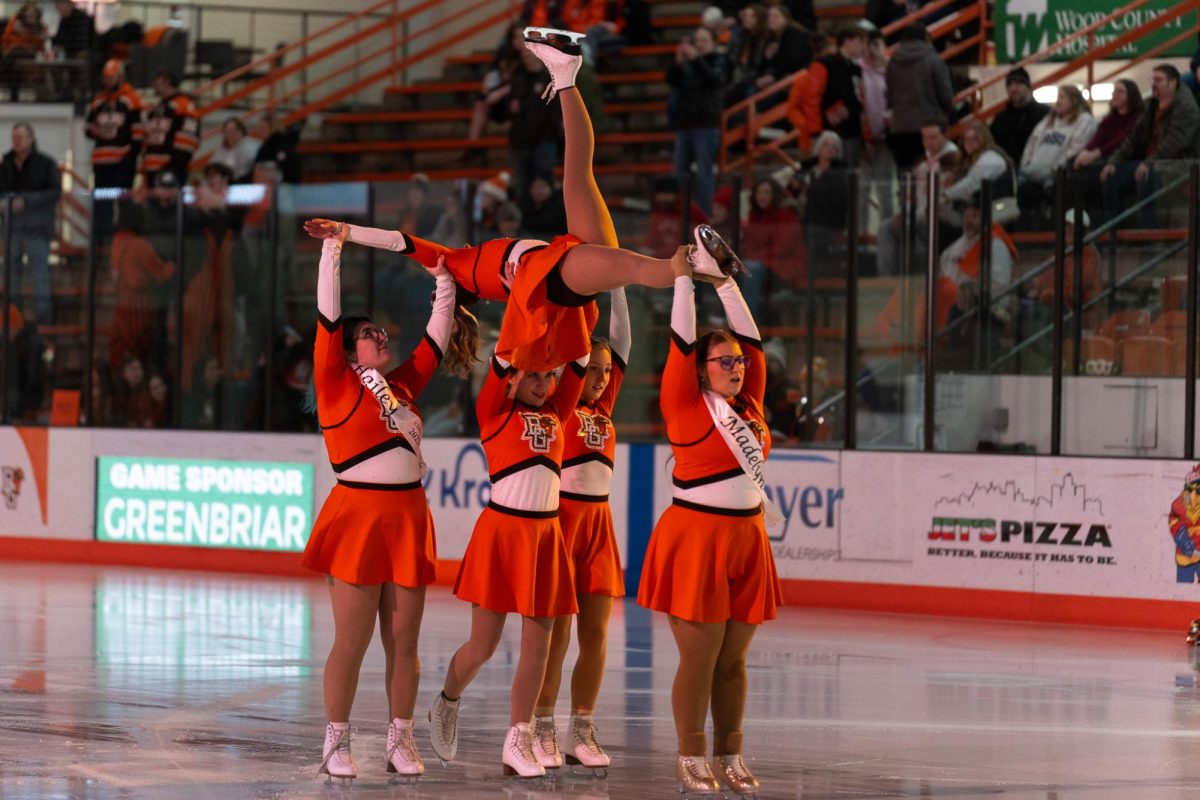During the last sustainability forum for the semester, attendants discussed various environmental projects, including LED lights at the new recreation center to the future of public transportation.
The open meeting was Thursday afternoon, and was the last of four forums the Office of Sustainability hosted for the past four months.
Nick Hennessy, the sustainability coordinator, promoted various Earth Week activities that will run next week. Some of these include a scavenger hunt and an eco-fair.
Hennessy said the new compost program that was installed at the Oaks dining hall is up and running, with a successful result thus far. The extra food waste travels to Hirzel farm, a composting facility in Pemberville.
“Hirzel farm has agreed to donate some of the compost made to BG gardens as well,” Hennessy said.
This process has been helping reduce the amount of trash thrown away each week.
Another program that will be implemented to help campus sustainability is LED lighting being installed at the new recreation center. Hennessy said this is a triple win for everyone.
“This will save money, help the environment and is sponsored by the Green Fund,” Hennessy said.
The city of Bowling Green will now receive 50 percent of University electricity for the next 50 years from a new coal plant called prairie State Energy Campus. This company is connected to American Municipal Power, a power supply company that promised a low cost electricity program. The city was given one month to decide to join AMP, and went for it. This program has gone over budget by $1 million already and has locked BG in this until 2057.
Matt Rubel, coordinator of energy management, touched on AMP’s heightening rates.
“BG is over market by $2 million more than other universities in the program,” Rubel said. “Rates are going up 5 percent every year.”
Jerry Wicks, retired professor and head of the program, Ohio higher Education Rail Network, said transportation is a huge portion of the University’s carbon footprint problem. Wicks provided a handout that said at least one quarter of green house gas emissions come from transportation.
Wicks idea is similar to Europe’s railway system. He said these tracks are already placed throughout the state.
“Ohio is the most densely tracked state in the country,” Wicks said.
He wants this system funded by students and professors, by an annual fee that makes them able to use the railway by the swipe of a card, similar to Europe’s railway.
Wilfred Roudebush, the co-founder of the sustainability forum, agrees with Wicks idea to narrow down transportation in Bowling Green.
“I like the interconnectedness with different universities,” Roudebush said.




